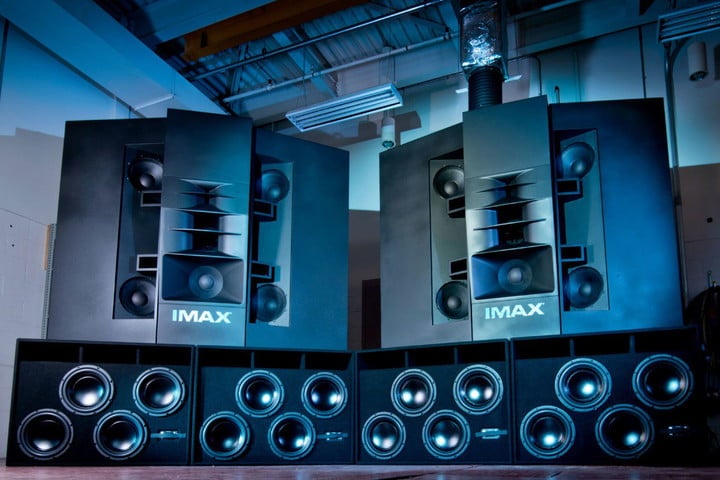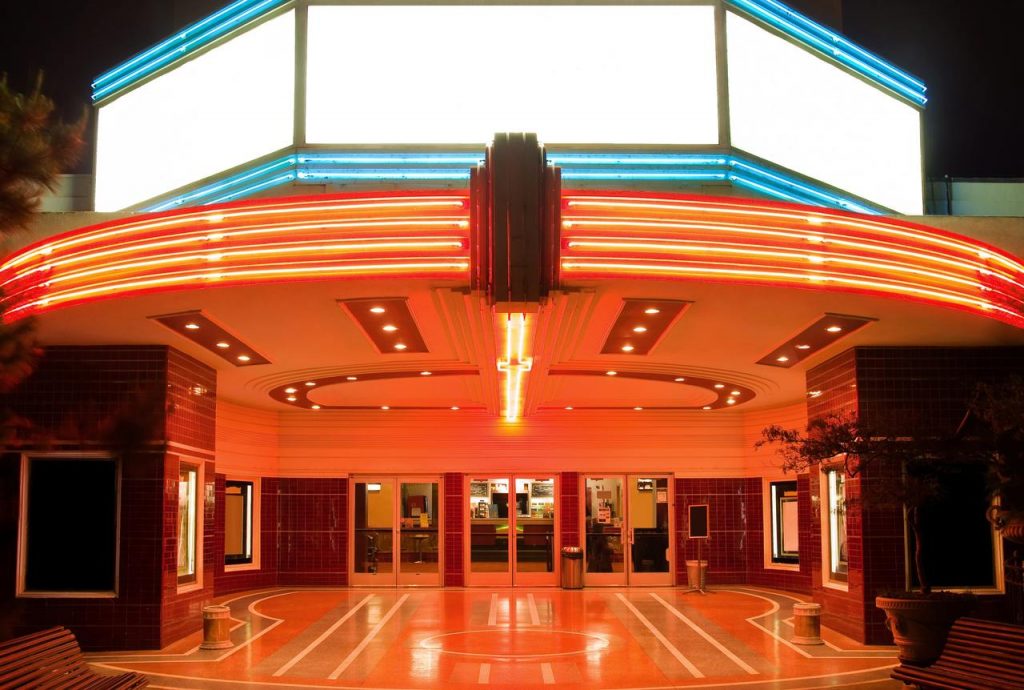Streaming, the pandemic and inflation have shrunk cinema audiences and holed the traditional business model below the waterline. How can operators prevent the industry from sinking? In 2023, apart from Barbie, and Oppenheimer, nothing much got us off our sofas in sufficient numbers. Maybe it’s not the films themselves we should be focusing on?

From executive lounges at airports to stadium show golden circles and festival ‘glamping’, premium experiences that elevate one from the herd are all the rage. Are we ready to pay through the nose for reclining first class seats and restaurant-level service when we go to the flicks, though? Should they rip out current cinema interiors and create a new physical model? Is it going to have to be IMAX everywhere?

“About 20 percent of screens — increasingly, experiences like IMAX that make it special and worthwhile — generate 80 percent of the business. Except in unique cases, nobody needs a 20-plex anymore.”
Richard Gelfond, CEO, IMAX, The New York Times, 2022
If it were to go that way for the chains, what would happen to smaller, often independent, operators? Is this cinema Darwinism in action? If so, where would the second tier of films be shown? Maybe everybody’s going to have to make big adjustments, not just the cineplexes?

As they’re more agile, can indies show the way and start doing something radical to avoid going the way of the dodo? Do it right, research and read the local audience’s needs and wants and cater for them accordingly and surely they’ll respond? After all, food and a film is still a very appealing evening out for many, many people. Perhaps meal and movie deals involving prix fixe menus at local restaurants that come with cinema seats?
This post is deliberately made up of a series of questions, and we’ll end with one – what do you think?
Source: MovieWeb
Main image ℅ Odeon
Cinema entrance image ℅ Reader’s Digest


